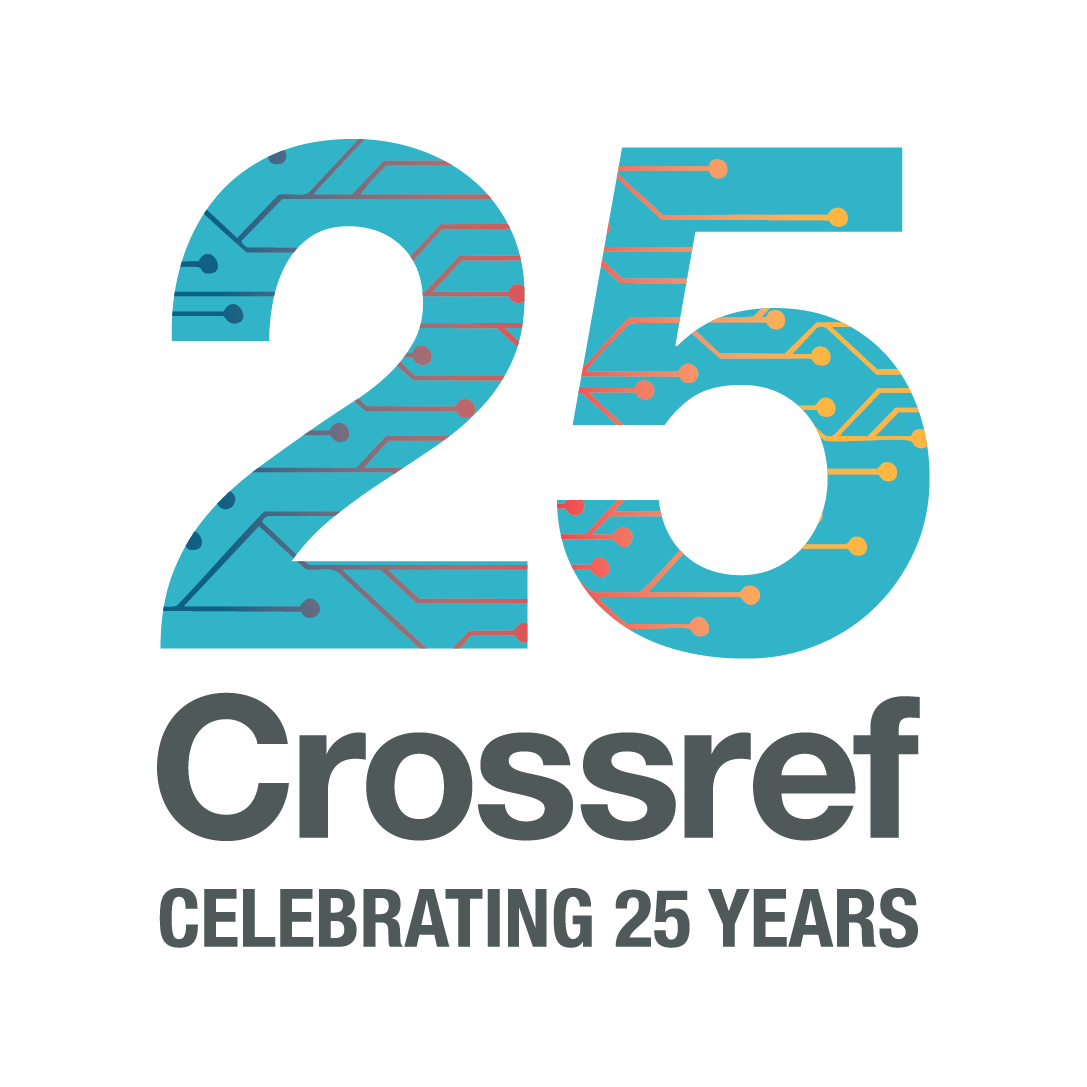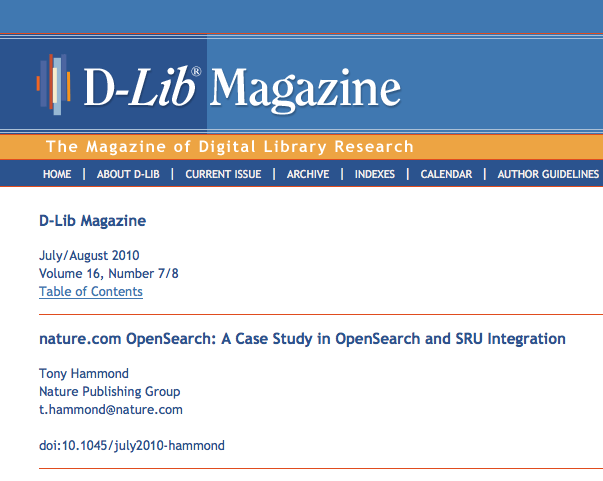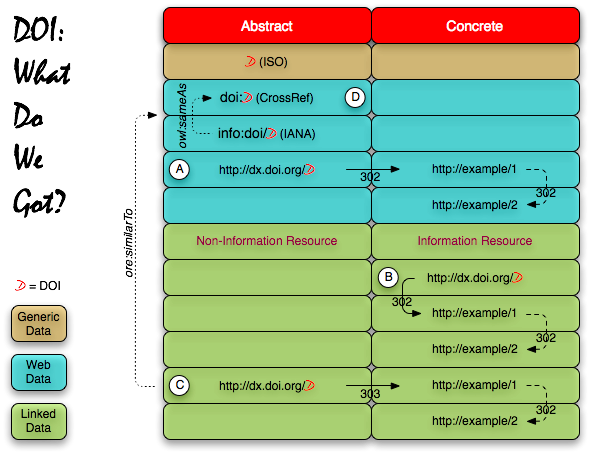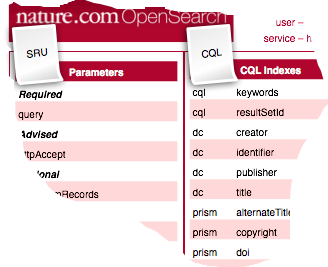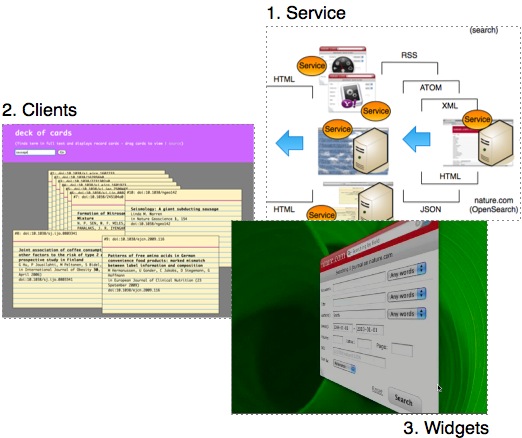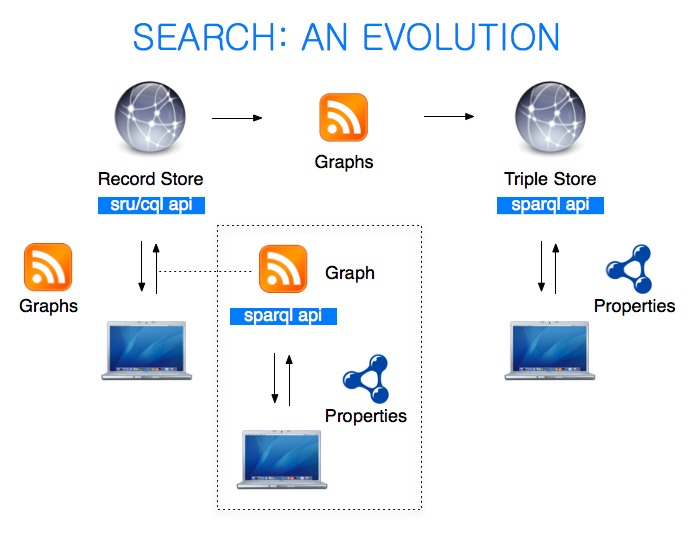
(Click image for full size graphic.)
I thought I could take this opportunity to demonstrate one evolution path from traditional record-based search to a more contemporary triple-based search. The aim is to show that these two modes of search do not have to be alternative approaches but can co-exist within a single workflow.
Let me first mention a couple of terms I’m using here: ‘graphs’ and ‘properties’. I’m using ‘property’ loosely to refer to the individual RDF statement (or triple) containing a property, i.e. a triple is a ‘(subject, property, value)’ assertion. And a ‘graph’ is just a collection of ‘properties’ (or, more properly, triples). Oh, and I’ll also use the term ‘records’ when considering ‘graphs’ as pre-fabricated objects returned within a result set.





